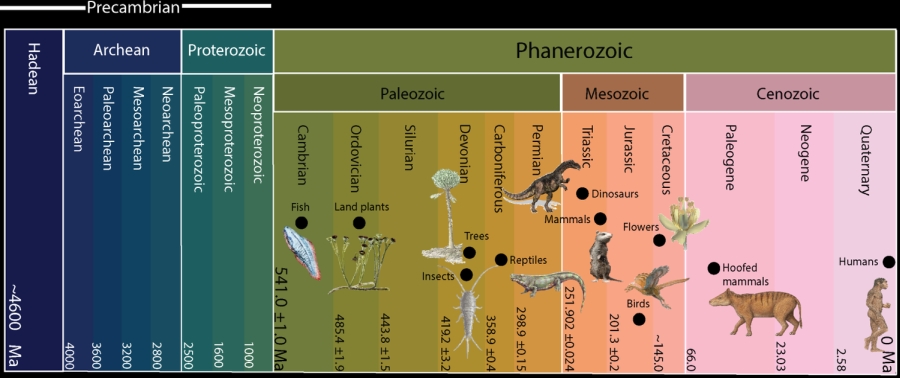The PhD defence and trial lecture will be held in Auditorium 1, The Geology Building.
Trial lecture
Monday 12 December, 10:15-11:00, Aud 1, The Geology Building:
Evolution of the hydrosphere of extraterrestrial rocky planets in our solar system
Conferral summary (in Norwegian)
Konsentrasjonen av drivhusgassen karbondioksid (CO2) i atmosfæren er påvirket av solenergi, tektoniske og biologiske krefter og har variert mye over geologisk tidsregning. Imidlertid har rekonstruksjoner av tidligere atmosfæriske CO2-konsentrasjoner høye usikkerhetsmomenter, og er stort sett begrenset til arbeider som er yngre enn 410 millioner år. For å forstå CO2-variasjoner over lange tidsspenn, spiller komplementære metoder som modellering en nøkkelrolle i å rekonstruere tidligere klimasvingninger. I denne doktorgradsavhandlingen undersøkes og revideres hovedkreftene implementert i langsiktige karbonmodeller og deres bidrag til tidligere klimaendringer i Jordens geologiske forhistorie.
Main research findings
Popular scientific article about Marcilly’s dissertation:
Modelling atmospheric CO2 levels during the Phanerozoic: testing the main carbon sources and sinks as climate forcings over different timescales
This doctoral work presents the refinement of two important forcings, namely solid Earth degassing and consumption by silicate weathering, in long-term carbon cycle models in order to test their effects on paleoclimate changes for most of the Phanerozoic (for the last 520 Myrs). New estimates for carbon degassing were developed using two different proxies for seafloor production: subduction fluxes and arc related zircon age distribution (reflecting continental arc-activity). This refinement in degassing brings Mesozoic model estimates closer to CO2 proxy values.
In parallel, the new estimates of land availability for silicate weathering were developed using refined continental flooding maps. Those maps also allowed the development of a new global sea level curve, which shares strong similarities with stratigraphic constraints.
Furthermore, several carbon model simulations using the new land availability and degassing estimates to calculate past atmospheric CO2 concentration over the Phanerozoic are presented in the doctoral thesis. In addition, the enigmatic Ordovician cooling was investigated using a spatially resolved climate-carbon cycle Earth system model to better understand the respective roles of paleogeography and degassing separately. This study revealed a counteractive role of paleogeography in the cooling and the need for reinforced CO2 uptake forcings to fit the reconstructed temperature values for this period.

Photo and other information:
Press photo: Chloé Markussen Marcilly, portrait; 300px. Photo: Private
Other photo material: Figure with description and credit as specified in the article above, size 1500px.
